Do I have a case for the builder to redo my wooden floors?
Catarina Gouveia
last year
Featured Answer
Sort by:Oldest
Comments (31)
JAN MOYER
last yearlast modified: last yearCatarina Gouveia
last yearRelated Professionals
Mililani Town Design-Build Firms · Country Club Hills General Contractors · Dorchester Center General Contractors · Fort Salonga General Contractors · Parkersburg General Contractors · Rancho Santa Margarita General Contractors · West Whittier-Los Nietos General Contractors · Woodland General Contractors · Joppatowne General Contractors · Midvale Kitchen & Bathroom Designers · Columbia Furniture & Accessories · Hilton Head Island Furniture & Accessories · Aliso Viejo Furniture & Accessories · Banning General Contractors · Deer Park General ContractorsCatarina Gouveia
last yearworthy
last yearcpartist
last yearCatarina Gouveia
last yearJAN MOYER
last yearlast modified: last yearBeth H. :
last yearlast modified: last yearCatarina Gouveia
last yearJAN MOYER
last yearCatarina Gouveia
last yearJAN MOYER
last yearkl23
last yearCatarina Gouveia
last yearDavid Cary
last yearCharles Ross Homes
last yearPatricia Colwell Consulting
last yearCharles Ross Homes
last yearJAN MOYER
last yearCharles Ross Homes
last yearaklogcabin
last yearBeerpocketbook
last yearJoseph Corlett, LLC
last yearCharles Ross Homes
last yearMark Bischak, Architect
last yearlast modified: last yearaklogcabin
last yearworthy
last yearlast modified: last yearJAN MOYER
last yearCharles Ross Homes
last yearvinmarks
last year
Related Stories
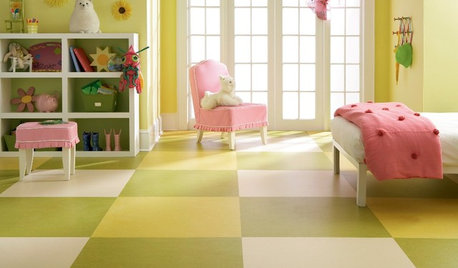
REMODELING GUIDESThe Case for Linoleum and Vinyl Floors
Have pets, kids and a tight budget? Easy-care resilient floors may be the choice for you
Full Story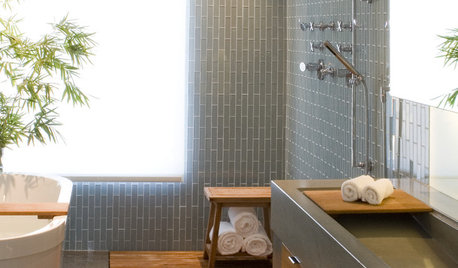
BATHROOM DESIGN18 Knockout Ideas for Wooden Floor Showers
Look to an often-forgotten material choice for shower floors that radiate beauty in almost any style bathroom
Full Story
REMODELING GUIDESYour Floor: An Introduction to Solid-Plank Wood Floors
Get the Pros and Cons of Oak, Ash, Pine, Maple and Solid Bamboo
Full Story
FUN HOUZZEverything I Need to Know About Decorating I Learned from Downton Abbey
Mind your manors with these 10 decorating tips from the PBS series, returning on January 5
Full Story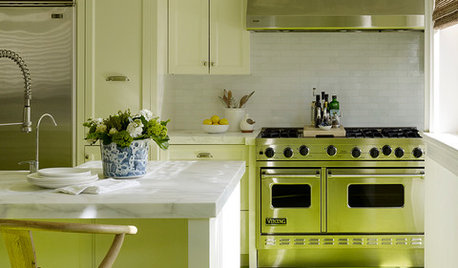
KITCHEN DESIGNEye-Catching Colors for Your Kitchen Floor
Revitalize a tired wooden floor with a paint or stain in an unexpected color
Full Story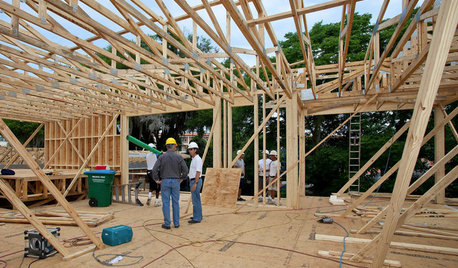
REMODELING GUIDESHome Building: The Case for Cautious Optimism
Ben Bernanke's speech at the 2012 International Builders Show: Gray clouds and silver lining
Full Story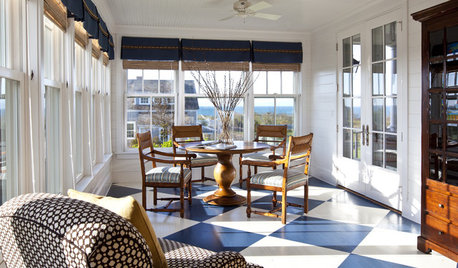
FLOORSHow to Paint Your Hardwood Floors
Know how to apply nail polish? Then you can give your wooden floors a brand-new look
Full Story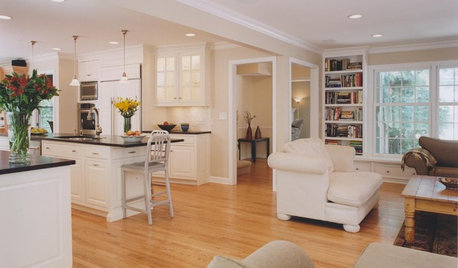
REMODELING GUIDESRenovation Ideas: Playing With a Colonial’s Floor Plan
Make small changes or go for a total redo to make your colonial work better for the way you live
Full Story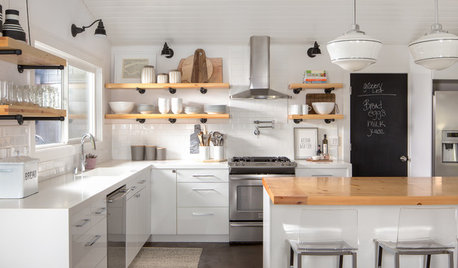
KITCHEN CABINETSWhy I Combined Open Shelves and Cabinets in My Kitchen Remodel
A designer and her builder husband opt for two styles of storage. She offers advice, how-tos and cost info
Full Story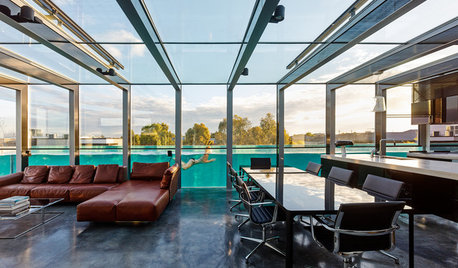
MATERIALSPro Panel: ‘The Material I Love to Work With Most’
7 experts weigh in on their favorite materials for walls, flooring, siding and counters
Full Story






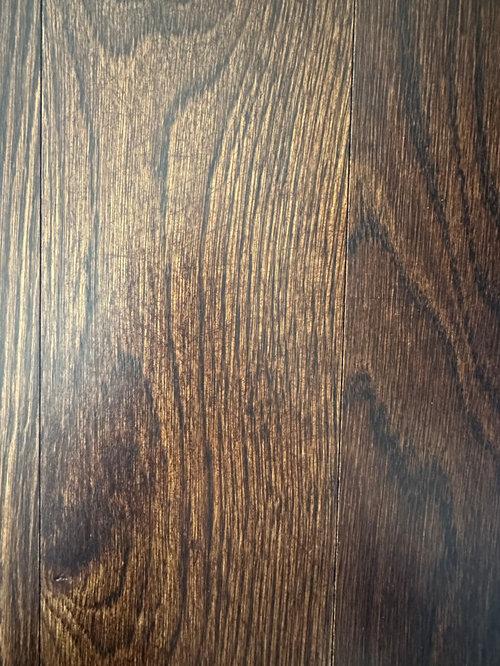






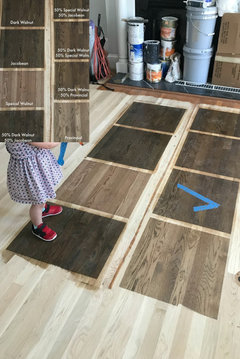


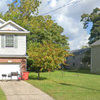

Jeffrey R. Grenz, General Contractor